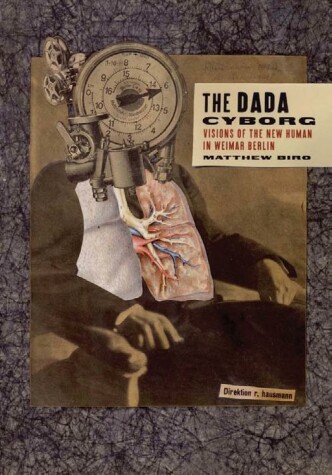In an era when technology, biology, and culture are becoming ever more closely connected, The Dada Cyborg explains how the cyborg as we know it today actually developed between 1918 and 1933 when German artists gave visual form to their utopian hopes and fantasies in a fearful response to World War I.In what could be termed a prehistory of the posthuman, Matthew Biro shows the ways in which new forms of human existence were imagined in Germany between the two world wars through depictions of cyborgs. Examining the work of Hannah Hoech, Raoul Hausmann, George Grosz, John Heartfield, Otto Dix, and Rudolf Schlichter, he reveals an innovative interpretation of the cyborg as a representative of hybrid identity, as well as a locus of new modes of awareness created by the impact of technology on human perception. Tracing the prevalence of cyborgs in German avant-garde art, Biro demonstrates how vision, hearing, touch, and embodiment were beginning to be reconceived during the Weimar Republic.
Biro's unique and interdisciplinary analysis offers a substantially new account of the Berlin Dada movement, one that integrates the group's poetic, theoretical, and performative practices with its famous visual strategies of photomontage, assemblage, and mixed-media painting to reveal radical images of a "new human."
- ISBN10 0816636192
- ISBN13 9780816636198
- Publish Date 6 July 2009 (first published 12 June 2009)
- Publish Status Out of Print
- Out of Print 5 November 2010
- Publish Country US
- Imprint University of Minnesota Press
- Format Hardcover
- Pages 400
- Language English
